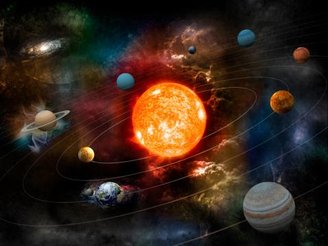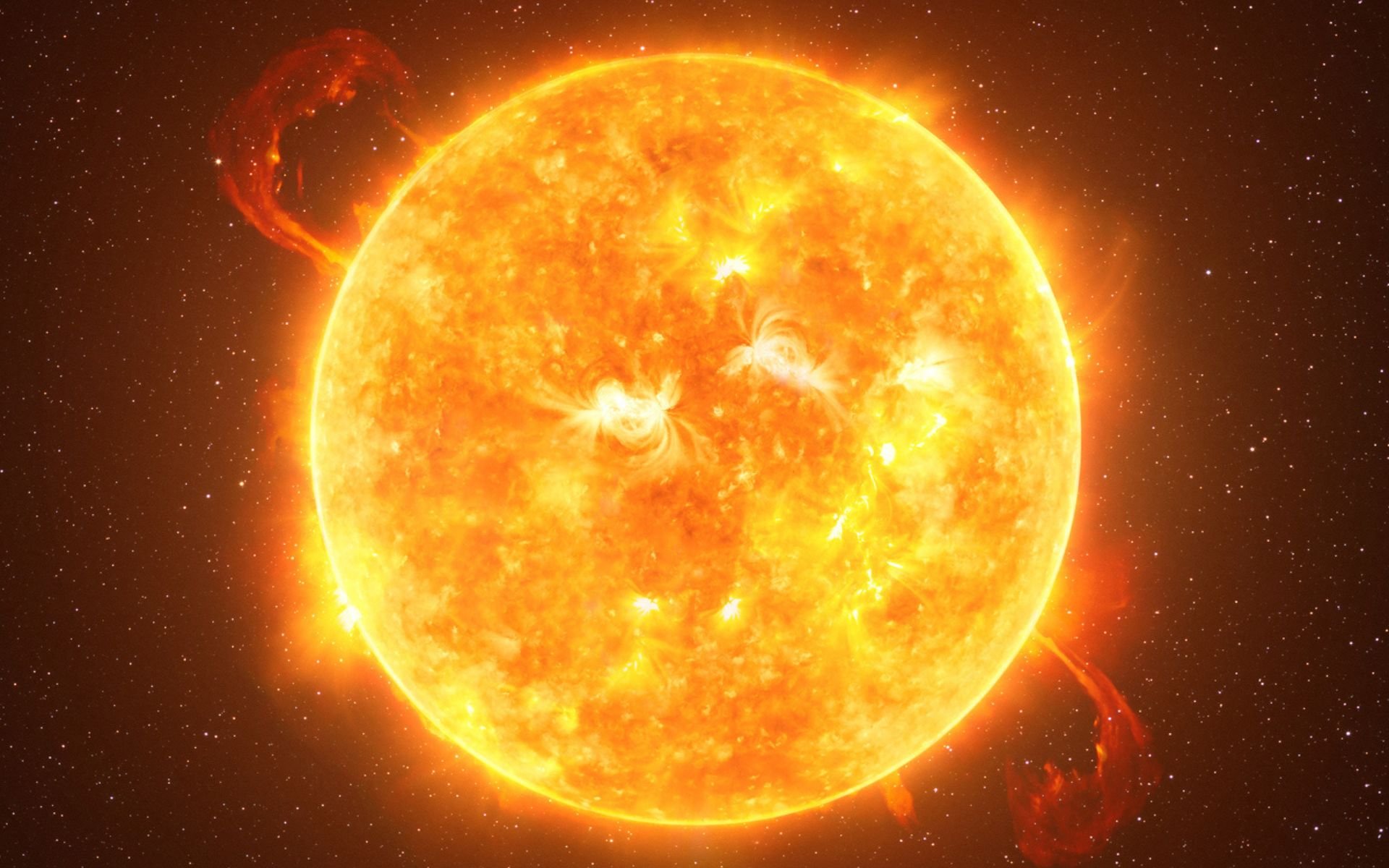The Sun is the largest star in the solar system and one of the main stars responsible for making life on Earth as we know it possible; It is a medium-sized cosmic body, and it is not uncommon to find stars up to 100 times its size.
The solar structure is about 1.3 million kilometers in diameter and temperatures reach 15 million degrees Celsius at its core. It is a unique structure in the solar system, but it also has great similarities to other stars discovered in the observable universe.
It can be considered distinct because it is surrounded by planets, asteroids, comets and other celestial bodies, but it is not much different compared to some of the stars found in the Milky Way and the rest of the universe.
“The Sun is a star around which the Earth and other components of the Solar System orbit. It is the dominant body in the system, constituting more than 99% of its total mass. The Sun is a source of an enormous amount of energy, some of which provides the Earth with the light and heat necessary to sustain life.
There are some notable differences between stars and the sun. After all, every sun is a star, but are all stars solar structures? To explain more about this topic, we have compiled a collection of information collected by scientists and other experts in the field.
Not every star is a sun
Most planets and exoplanets discovered with space telescopes are located in regions containing host stars. Just as the Sun is responsible for the Earth's orbit, other celestial bodies also “work” with the stars in their systems. However, this is not exactly a rule for determining the characteristics of the astral body.
“We can always look at a particular star and say, 'Okay, no planet has been discovered around it, but you know, maybe there's a planet that's kind of small and it's actually orbiting away from the star and it doesn't cross the star and so be a little sneaky.' “This is always a possibility,” Jonathan Lunine, chair of the astronomy department at Cornell University, said in a study on the subject. “But more likely, there are stars that don't actually have planets around them.”

To answer this question faster: No, every star is not a sun. As modern astronomy began to understand more about solar structure, scientists realized that the Sun fell into the category of stars.
the truth It is that the Earth's Sun is the only “real” one, but the scientific community decided to name similar objects the same way. In this sense, other stars discovered in different systems have been classified as “suns,” but this does not mean that people can refer to any stellar body as a sun.
In either case, a star is classified as a sun only when two properties are detected: If planets like Earth revolve around it, and if it continues the process of nuclear fusion in its internal structure. Therefore, all other stellar bodies that do not have the properties necessary to enter the solar category are called only stars.
A good example of a type of star that cannot be considered a sun is brown dwarfs, because they are not massive enough to initiate a process fusion Condensed nuclear. Stars that host only gaseous planets indicate a lower probability of being classified as suns.
Red dwarfs are stellar objects and orbiting planets more similar to Earth, but they do not have the properties of “suns”; The same line of thinking is used to classify white dwarfs. In other words, right now, every sun is a star, but not every star is a sun – it's controlled confusion.
It is important to note that although some stars are classified as “suns”, there is no formal agreement to define this. So you wouldn't be completely wrong if you described a red dwarf as a sun, but you certainly wouldn't be right either. Therefore, use the solar concept sparingly.
Did you like the content? So, stay up to date with all the curiosities about astronomy here at TecMundo. If you like, take the opportunity to understand how scientists discovered the smallest star ever discovered.

“Hardcore beer fanatic. Falls down a lot. Professional coffee fan. Music ninja.”






More Stories
The law allows children and adolescents to visit parents in the hospital.
Scientists pave the way for the emergence of a new element in the periodic table | World and Science
Can dengue cause hair loss? Expert explains how the disease affects hair